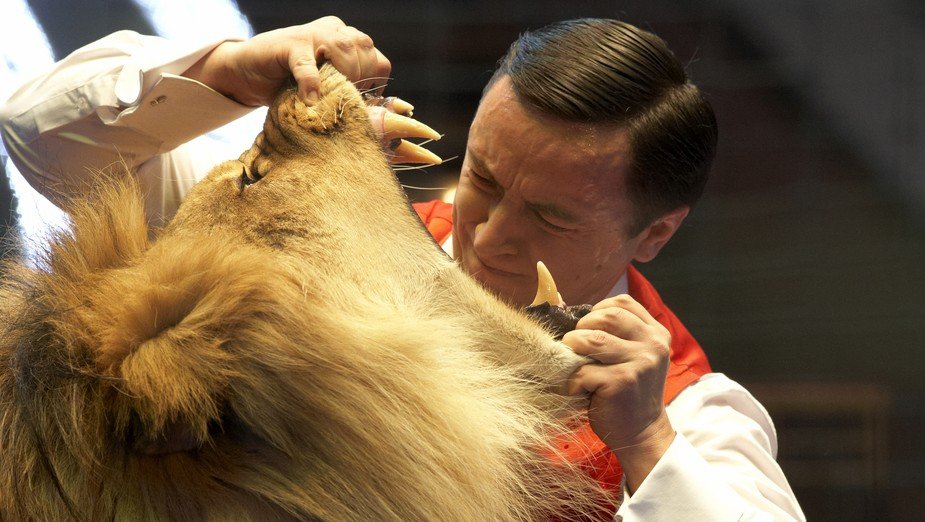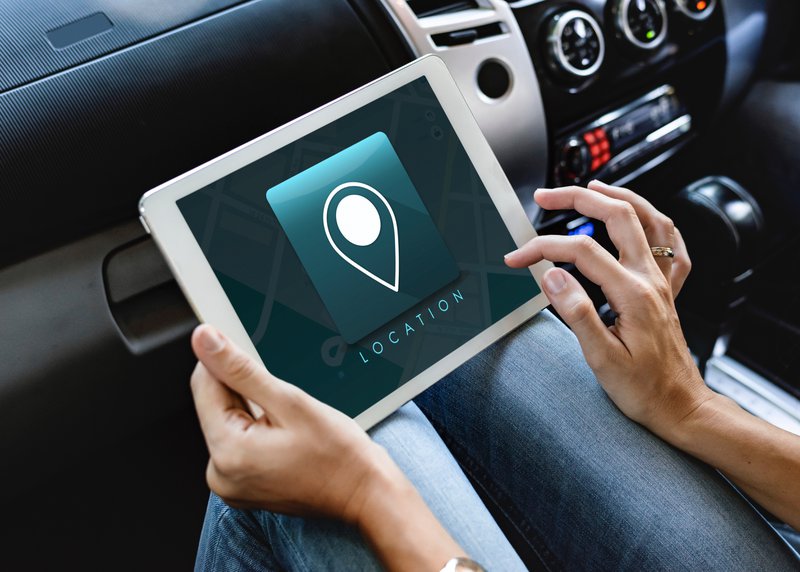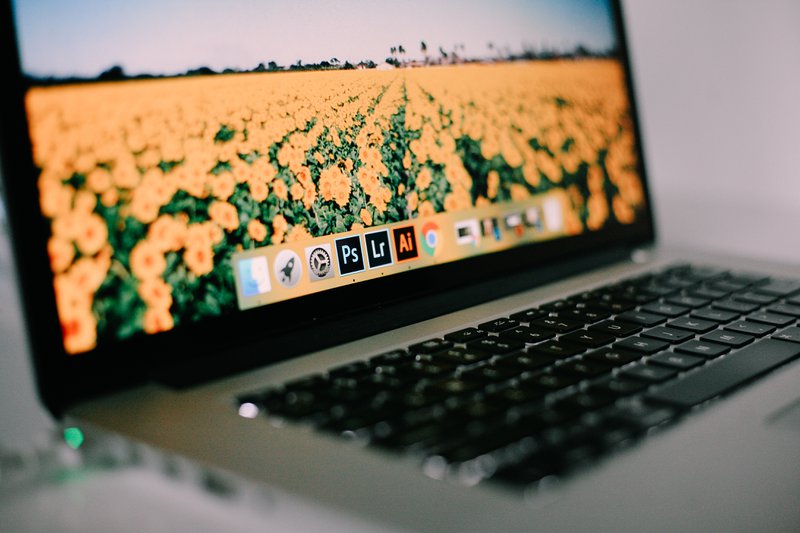
October 18, 2018
Taming the Internet of Things
A couple of years ago, I got a birthday card. When I opened it, it sang “Happy birthday” to me. Of course, being the nerd that I am, I took it apart. I looked up the processor chips, and realized that the birthday card had more computing power than the computer I used to run a General Ledger on. Just last week, I was commenting on Alexa’s artificial-intelligence controlled “Internet of Things” light bulbs, which not only have a significant computer but also connect to a wireless network. More and more often, ordinary things around the house, like washing machines and refrigerators and light bulbs and even window blinds, are controlled by computers, can connect to your home network, and through it to the Internet. And this is what the “Internet of Things” means: all the things, connected to the Internet.
How did the “Internet of Things” happen?
Blame it on Moore’s Law. As microprocessors got cheaper, it was increasingly less expensive to use a microprocessor to control things that used to be done mechanically. Distributors in cars were replaced by electronic ignition systems; timers in dishwashers and dryers were replaced with digital circuits built around a small control processor; and with more and more powerful microprocessors, it was possible to add more and more features to the digital controls.
Connect those to cheap, low-power network connections and it was pretty much inevitable that there would be devices built using both. The late, lamented Sun Microsystems actually built one almost 20 years ago: the SunSPOT. Like too many innovations at Sun, it was a good idea, years too soon. While it was an interesting device, the use cases were lacking.
What are the real uses for the Internet of Things?
One ancient truth about computer technology is that when you give a nerd a hammer, everything looks like a nail: we try to apply the exciting new stuff to every problem. (Blockchain has been like that, as I wrote a few weeks ago.) But the Internet of Things, like other fads, won’t really catch on until there’s a way for the technology to make money.
Making predictions is hard, but here are some industries where there’s a real opportunity to make money.


Transportation and the Internet of Things
The transportation industry has one continual problem: they’re moving billions of items a year, and every one of them is important to someone sending it and receiving it. Making sure these items go to the right place on time is really the heart of the whole industry.
Transportation companies already use phone and mobile apps, along with barcode and QR code scanning, to manage this transportation. (Watch your UPS driver sometime: they use a tablet app hundreds of times a day.)
Mobile applications are only marginally a real IoT application — a phone exists primarily to be, well, a phone. But using GPS and mobile apps allows them to track the movement of their trucks, identify traffic and route their trucks more efficiently, and deal with breakdowns and unexpected events. On a larger scale, long-haul trucks, trains and train cars, and “smart” shipping containers offer a myriad of ways to better control and optimize shipping.


Medicine and the Internet of Things
Modern technological medicine has done many things to improve care — from implantable pacemakers and smart prosthetics to seemingly trivial things like fast-acting electronic thermometers. But these things suffer from a common impediment: someone has to look at readouts, and interpret and record the results. As these devices are integrated into the Internet of Things, many of the manual operations will be done automatically, giving caregivers more time to provide care. This also means more data will be available. Analyzing that data with Big Data techniques will allow managers to gain new insights into the process and make informed improvements.


Agriculture and the Internet of Things
Consider the problems of the modern farmer. They have new strains of plants that are more productive, more disease and drought resistant, and new technology to automate almost any part of the work. But they also face many challenges, old and new. There are the perpetual problems: weather, pests and unexpected events. Add to those environmental regulation, market changes and competition from foreign growers who just a few years ago couldn’t have brought products to domestic markets at all.
Now, bring in networked, inexpensive sensors, tracking, and control devices. A farmer can control irrigation in real time, based on immediate information about humidity, rainfall, and temperature, all from a single location. Harvests can be tracked, and manual operations like weighing and recording the produce can be replaced by IoT devices, reducing errors and speeding products to market.


New Problems from the Internet of Things
Like any other new technology, the Internet of Things presents some problems.
Most significant are the parallel problems of security and privacy. In a few words, security is being able to trust devices to only be doing the things you want them to do; privacy is being able to trust your devices to only reveal information you agree to be revealed.
Privacy
If you work for UPS, do you really want the company to be able to tell if you are taking a cigarette break? If you have an IoT refrigerator, do you want Samsung to be able to tell you bought a gallon of ice cream on Tuesday and ate it all that night when you broke up with your significant other? Do you need to worry about your Amazon Alexa device listening to you … well, insert your own embarrassing example here.
Security
These are all issues of security, of course, but there are other security issues that might be even more trouble. In 2017, three college students used unprotected IoT devices like security cameras to launch what became one of the worst distributed denial of service (DDoS) attacks to date. Current devices like security cameras, wireless routers, even IoT refrigerators have fairly powerful computers running commodity operating systems, often Linux.
These operating systems have security flaws. Unlike a computer being used as a general-purpose computer, these computers often operate unattended, sometimes for years. (How often do you log into your wireless router?) Software is often not updated, leaving open security vulnerabilities that can be easily exploited. Just last year, a major vulnerability in cable modems affected millions of users.
Unlike many other kinds of bugs, security vulnerabilities are often the result of decisions that don’t appear to have security implications (like the Facebook data breach we talked about recently.) Unlike computers that interact directly with users, IoT devices may give no external clue that there’s a problem.
Innovating with the Internet of Things
So what’s a company to do? There seem to be great reasons to adopt the Internet of Things, a great number of new solutions possible for old problems — and great risks that are hard to quantify or even understand. How can a company develop an IoT strategy that makes sense?
Education The first thing to do is learn more about it. Technical leaders, CIOs and CTOs, need to read widely about the IoT, and balance the doomsayers against the cheerleaders.
Expertise Technical leaders have a million demands on their time, small business owners even more so. If you can’t devote weeks to learning about the Internet of Things, your next best choice is to get help. IoT can be tamed, but sometimes it’s best to hire a lion tamer instead of learning on your first lion.
Track Record You don’t want to provide the lion tamer’s first lion either. Look for a company with IoT experience, and with a development approach that can meet your needs.
The Internet of Things is sometimes confusing, but there are a lot of opportunities to innovate, change your business, and even change the world. Don’t miss out.
Need to hire a lion tamer? Flint Hills Group has the whips, chairs, and pith helmets. Give us a call or get an estimate!
Charlie Martin
Consulting Software Engineer
Charlie Martin is a consulting software engineer and writer in Erie, Colorado, with interests in systems architecture, cloud computing, distributed systems in general and innovative applications of blockchains in particular. He is available for consulting through Flint Hills Group.




Charlie Martin
Consulting Software Engineer
Charlie Martin is a consulting software engineer and writer in Erie, Colorado, with interests in systems architecture, cloud computing, distributed systems in general and innovative applications of blockchains in particular. He is available for consulting through Flint Hills Group.

